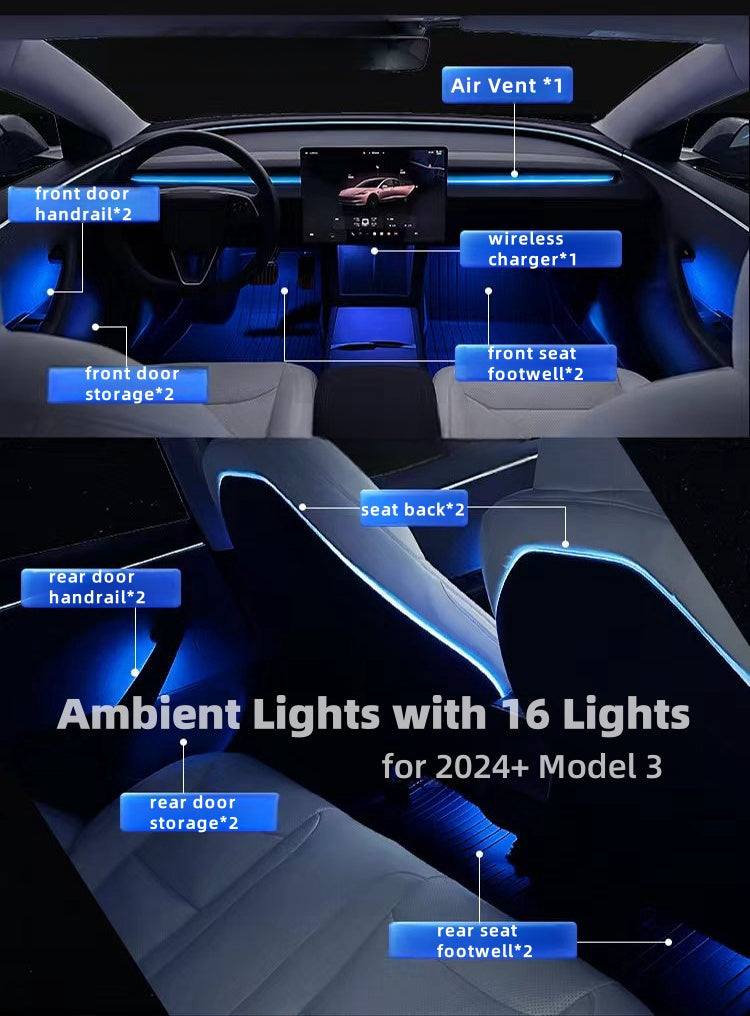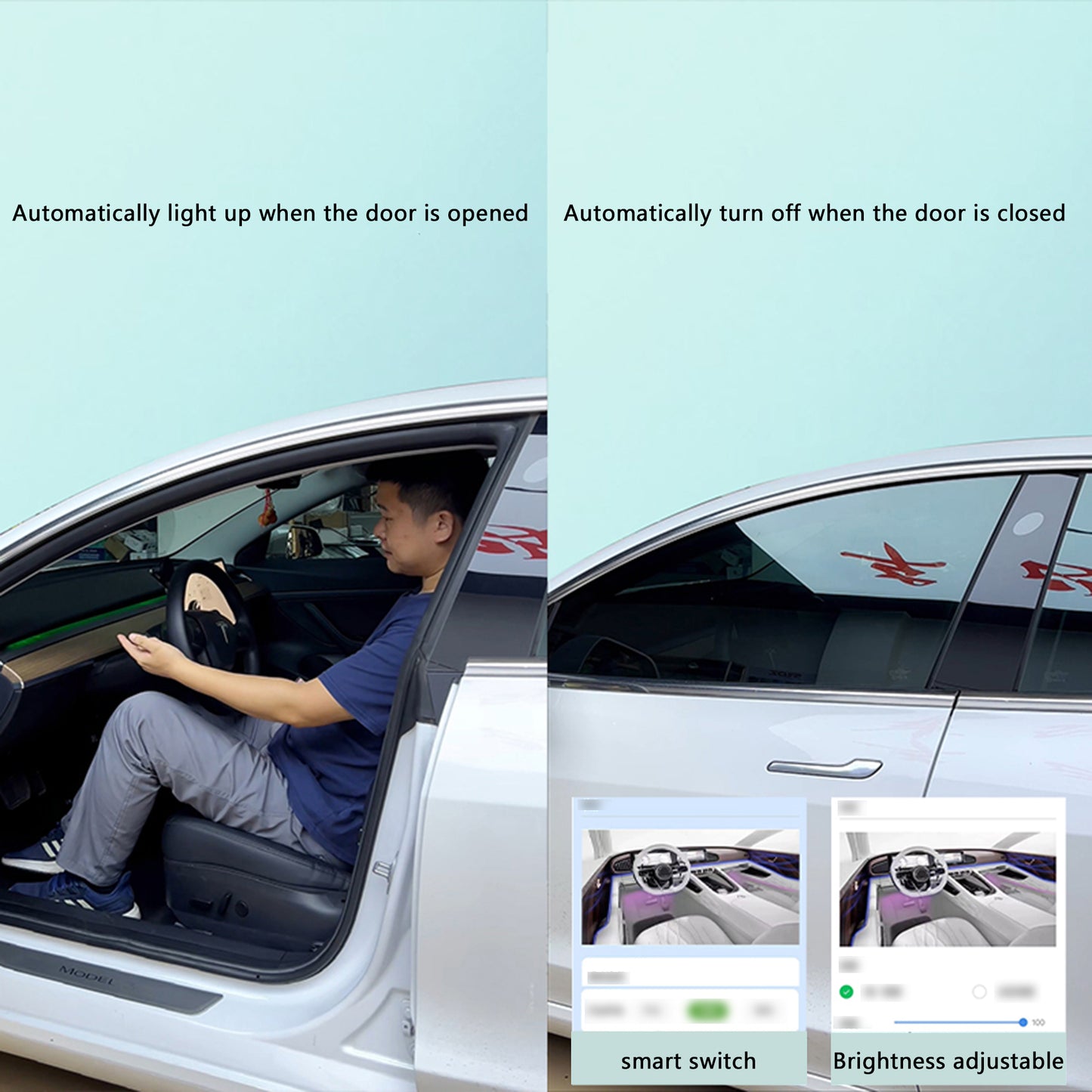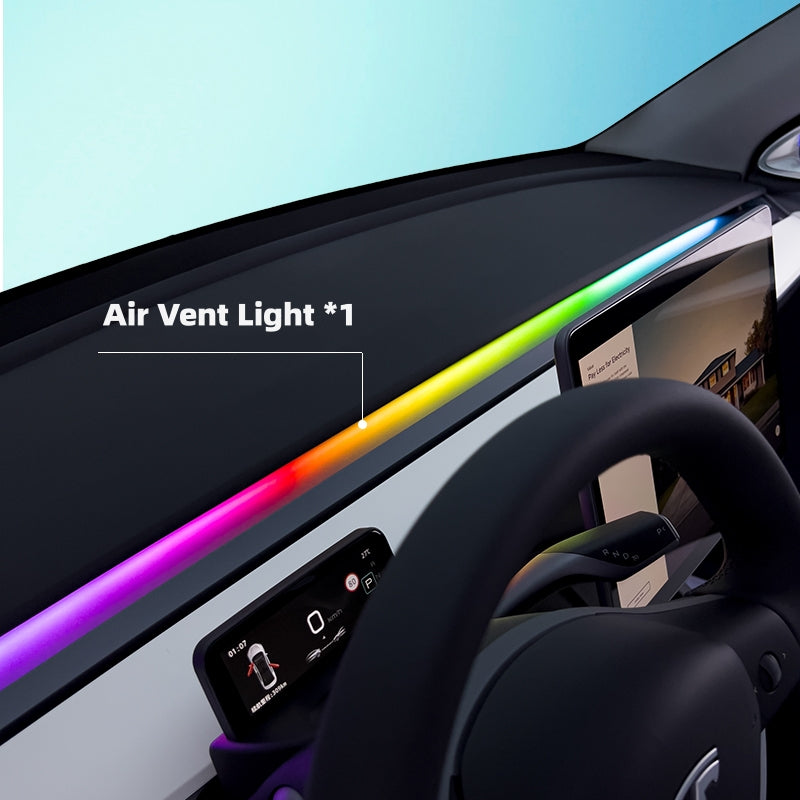
Tesla's FSD v13.2 Successfully Navigates Out of Tight Parking Space
Tesla’s latest update to its Full Self-Driving (FSD) system, version 13.2, has begun rolling out to owners, and early users are already sharing their experiences. One particularly notable demonstration came from Whole Mars Catalog on X, where Omar tested FSD Supervised v13.2 by successfully navigating out of a tight street parking spot obstructed by a UPS truck.
In the video, Omar explains that he didn’t expect the system to make it out of the spot with the delivery truck blocking the way. However, the FSD system managed to reverse carefully, navigate around the truck, and make its way onto the street, all while detecting a Waymo truck coming from the opposite direction that was hard to see. The video showcases Tesla’s FSD v13.2 handling the situation with remarkable precision.
Tesla shared the following caption with the reposted video:
“FSD Supervised 13.2 reverses to exit parking spot blocked by delivery truck, then waits for oncoming traffic to clear before proceeding.”
This incident highlights the system’s ability to handle complex real-world situations, relying on extensive data gathered from similar scenarios.
Tesla’s FSD v13.2: Park-to-Park Capability
The new FSD Supervised v13.2 update introduces a significant feature: the ability for the system to guide the vehicle from "park-to-park." This functionality, as demonstrated by Arek Sredzki from the Autopilot team, allows the FSD system to seamlessly handle parking tasks, including parking, unparking, and reversing. Tesla’s release notes mention that this update integrates these capabilities to improve overall vehicle navigation.
To support this new functionality, the FSD v13.2 also includes a “hold-to-start” button to initiate the vehicle’s movement from Park, which offers smoother transitions between parking and driving.
Tesla’s Vision for Unsupervised Autonomy
While Tesla’s current FSD system requires driver supervision, the company is collecting vast amounts of real-time driving data to train its neural network, which it believes gives it an edge over competitors like Google’s Waymo. Tesla’s commitment to advancing toward unsupervised autonomy is clear, and the company is pushing forward with plans to make this a reality in the near future.
Tesla’s recent introduction of the Cybercab—a steering wheel-less, two-seat vehicle—shows the company’s confidence in the future of fully autonomous transportation. Additionally, Tesla has started deploying FSD Supervised to its Cybertruck and has been running tests on its Semi, suggesting that the company is making strides toward scaling its semi-autonomous software for larger vehicles as well.
As Tesla continues to enhance its FSD system, it seems that the dream of fully autonomous vehicles is not far from becoming a reality.














